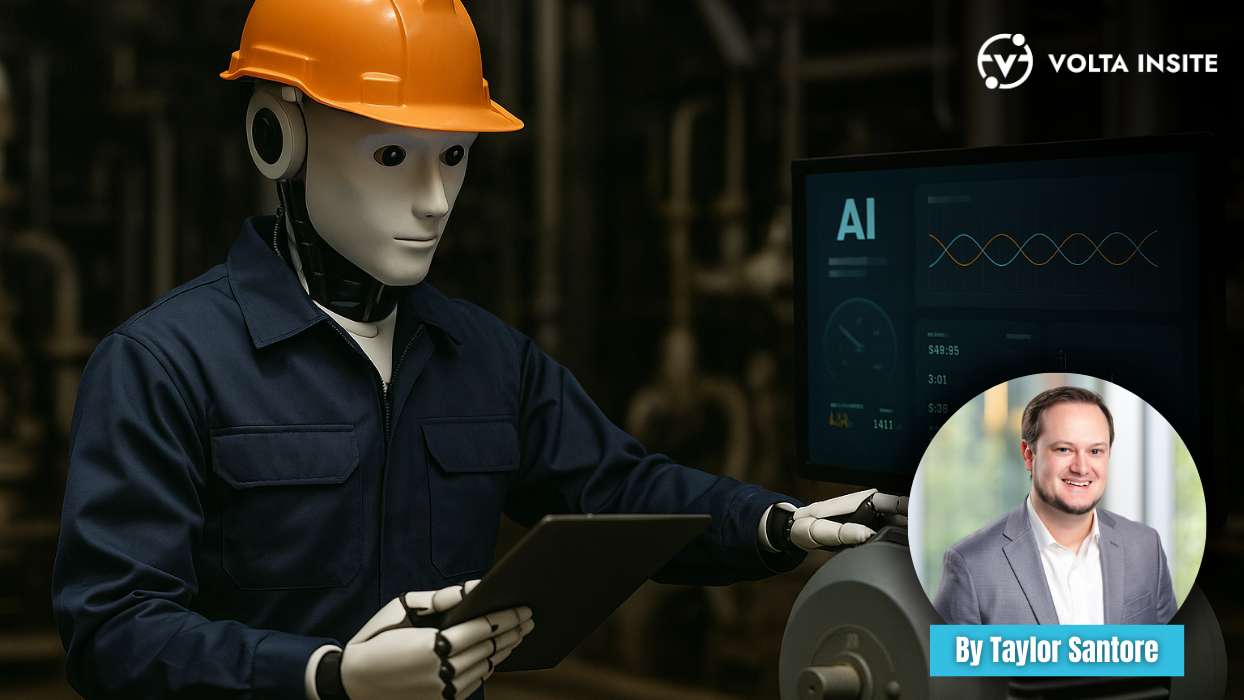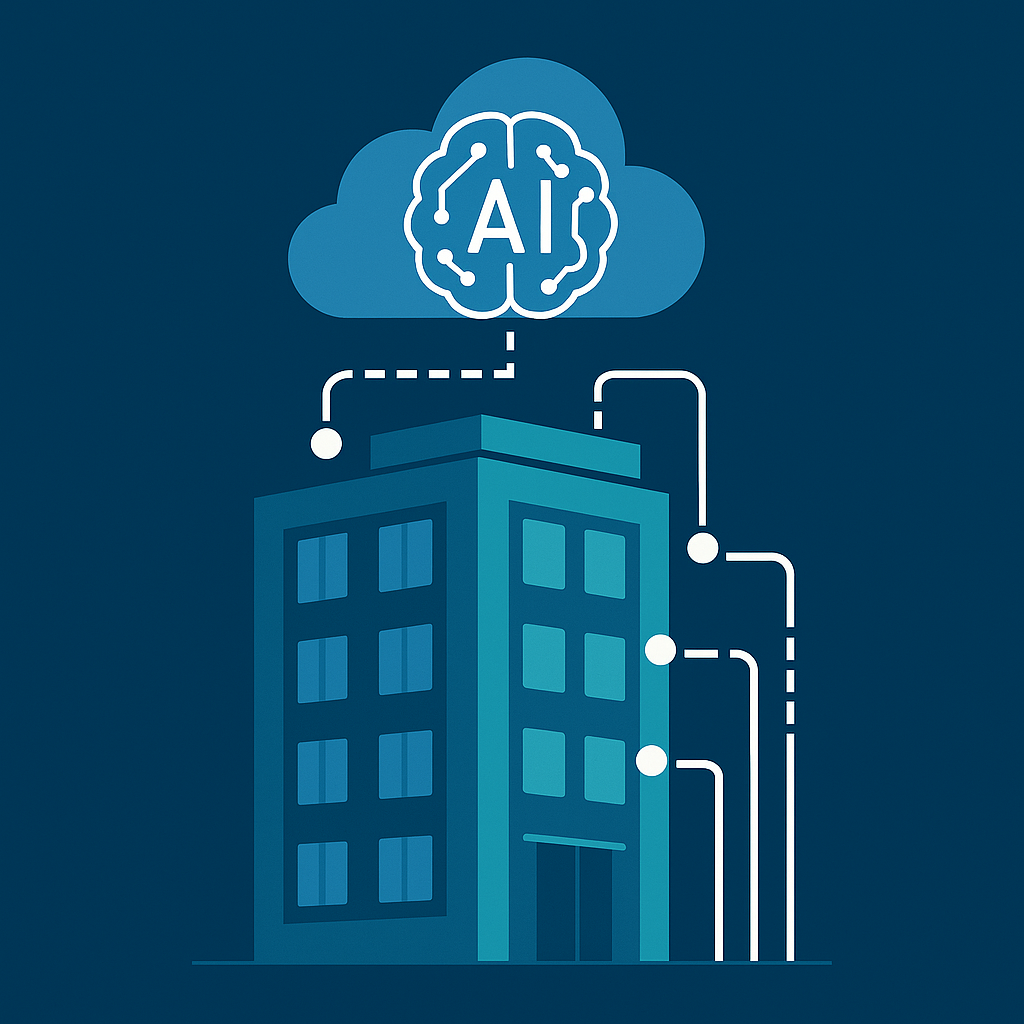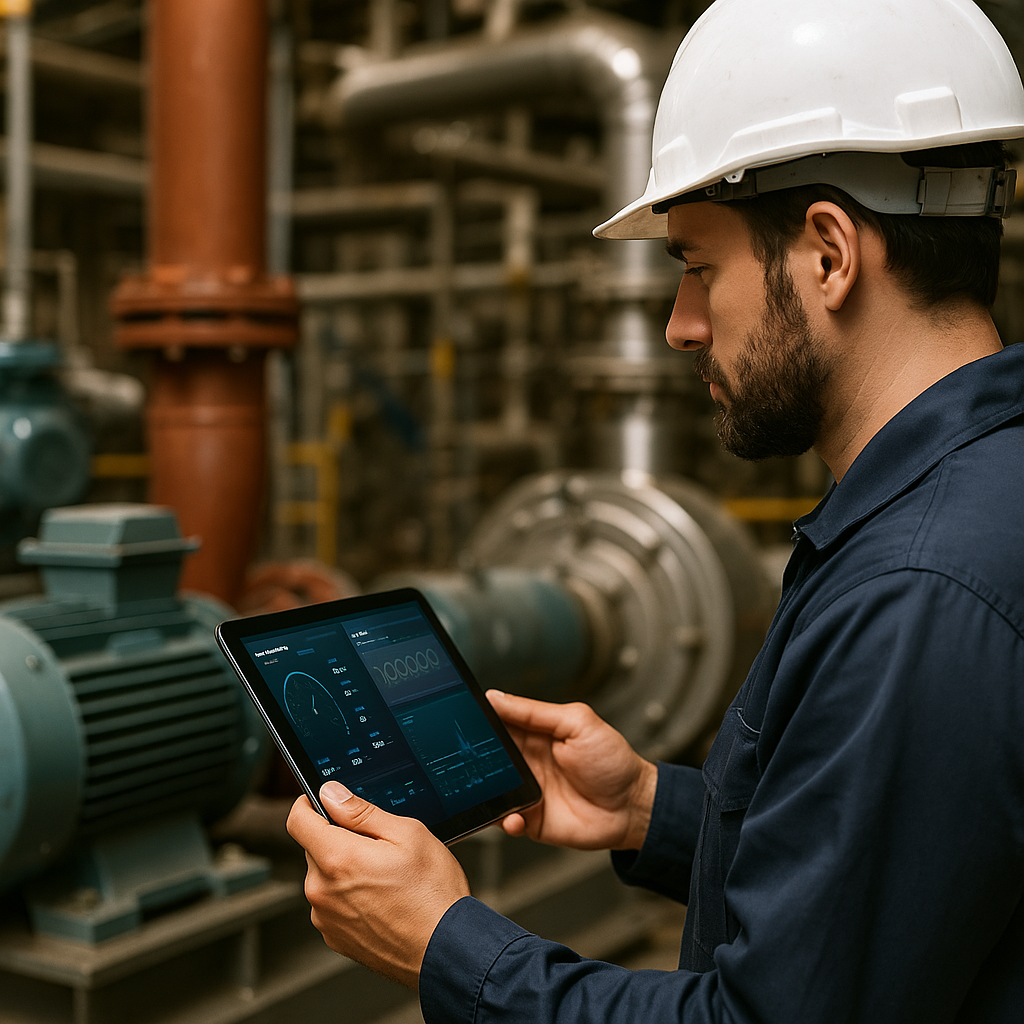
How Facility Managers Can Incorporate AI Into Their Facilities
 10/09/2025
10/09/2025
 Back to Articles
Back to Articles

Artificial Intelligence (AI) has quickly become one of the most talked-about technologies in the modern world. While some still see it as just another buzzword, the reality is that AI is already reshaping facility management. From reducing costs and streamlining operations to improving asset reliability, AI offers facility managers actionable tools that can be applied today.
The Value of AI for Facility Managers
Managing a facility requires balancing productivity, efficiency, safety, and cost control. AI helps make sense of the massive amounts of data generated by building systems, equipment, and utilities. Instead of relying on manual checks or static schedules, AI can continuously monitor performance, identify inefficiencies, and recommend improvements in real time.
By turning raw data into insights, AI equips facility managers with the ability to make faster, more informed decisions that directly impact uptime, energy use, and overall operational health.
Where AI Can Be Applied in Facilities
1. Energy Optimization
AI systems can track and analyze energy consumption across an entire facility. By recognizing usage patterns, AI identifies when equipment is drawing more power than necessary and recommends adjustments. This leads to smarter scheduling, reduced waste, and lower utility bills without sacrificing performance.
2. Smart Building Systems
Lighting, HVAC, and access controls are often operated independently, but AI can integrate these systems for greater efficiency. For example, occupancy data can adjust HVAC output to match actual demand while also aligning with lighting schedules. These optimizations not only reduce energy costs but also improve comfort and safety for employees.
3. Asset Tracking and Utilization
Facilities often struggle with under-utilized equipment or misplaced assets. AI-driven asset management tools can track equipment usage in real time, identify bottlenecks, and even predict when additional capacity will be needed. This ensures facility resources are fully optimized and available when required.
4. Safety and Compliance Monitoring
AI can play a critical role in ensuring a safe workplace by monitoring environmental conditions, security systems, and compliance metrics. Algorithms can quickly detect anomalies, such as irregular access patterns or unsafe equipment operation, and alert facility managers before issues escalate.
5. Predictive Maintenance With Volta Insite’s InsiteAI
Perhaps the most powerful application of AI for facility managers lies in predictive maintenance. Traditional maintenance strategies either wait for failures or rely on calendar-based schedules that may not reflect the true health of equipment. With InsiteAI from Volta Insite, facility managers can monitor both electrical and mechanical indicators in real time.
InsiteAI uses advanced electrical signature analysis and AI-powered analytics to detect anomalies well before they result in downtime. By combining this data with condition-based monitoring techniques like vibration analysis, facility managers gain a complete picture of asset health. This approach reduces unplanned outages, optimizes maintenance schedules, and extends the lifespan of critical equipment.
Bringing It All Together
For facility managers, AI is not about futuristic concepts. It is about using practical tools that solve everyday challenges in energy management, building automation, asset tracking, safety, and maintenance. By incorporating AI strategically, managers can reduce costs, improve reliability, and create safer, more efficient facilities.
Volta Insite’s InsiteAI is a proven example of how AI can deliver real results. By integrating predictive maintenance into daily operations, facility managers can transform their approach from reactive to proactive, which ensures smarter decisions, improved uptime, and a stronger return on investment.


